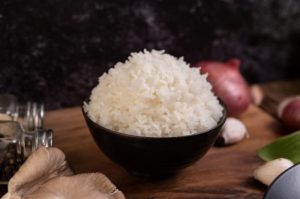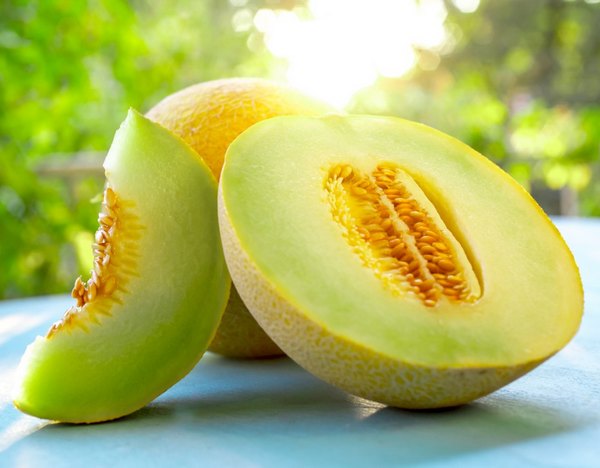Can reheating rice cause food poisoning?
In some food cultures around the world, rice is the staple food of the day and is mostly used in Chinese cuisine, and they should always consider how to preserve it.
As we said, rice is one of the main foods in some countries, and it is better to get acquainted with the latest scientific research done on this food and use it.
As mentioned, after consuming a meal of rice, some of it remains, and the next time it is used by reheating it.
It should be noted that cooked rice that has been left in the open air for several hours should never be eaten because in the remaining rice, a bacterium called “Bacillus cereus” grows, which is dangerous.
Toxins of this bacterium cause muscle cramps, diarrhea, and severe nausea.

Introduction of dangerous bacterium Bacillus cereus in cooked rice:
Food poisoning of Bacillus cereus is a general description. There are also two distinct types of disease caused by two separate metabolites.
The diarrheal form of this disease is due to having high molecular weight protein, while the vomiting type of this disease seems to be low due to low molecular weight heat resistant peptides.
Nature of the disease
The symptoms of Bacillus cereus diarrhea and the resulting food poisoning are similar to those of Clostridium perfringens.
The first signs of watery diarrhea and pain in the abdominal muscles are for 6 to 15 hours after eating contaminated food.
Vomiting may be associated with diarrhea, but vomiting is relatively more common. In most cases, symptoms appear within 24 hours. The nauseating type of food poisoning is characterized by symptoms of nausea and vomiting within 0.5 to 6 hours after eating contaminated food.
Abdominal cramps or diarrhea may also occur. The duration of symptoms is less than 24 hours. The symptoms of this type of food poisoning are parallel to the food poisoning caused by Staphylococcus aureus. Some subspecies of Bacillus suetilis and Bacillus licheniformis are isolated from chickens and sheep and cause food poisoning.
These organisms show the production of highly heat-resistant toxins that may resemble the nauseating poison similar to Bacillus cereus.
The presence of large numbers of Bacillus cereus (more than 10 to 6 g / g) in the diet indicates the active growth of living organisms to reach the level of health risks.
Recognition of symptoms in humans
Determination of Bacillus cereus with an identification solution in a nutrient requires the following:
- Isolation of serotype-like species from suspicious foods or patient feces or vomit
- Isolation of many known Bacillus cereus serotypes that cause food-borne diseases and their separation from infected feces.
- Isolation of Bacillus cereus from suspected foods and determining its enterotoxin by serum test (diarrhea toxin) or biological test (diarrhea and vomiting).
The fastest way to diagnose the symptoms of vomiting is to combine it with some control foods, which is often enough to diagnose the symptoms of this type of food poisoning.

Dependent foods:
Many foods, including meat, milk, vegetables, and fish, are associated with food poisoning.
Nausea poisoning is usually associated with rice crops. However, other starchy products such as potatoes, pasta, and cheeses are also related to this type of poisoning.


